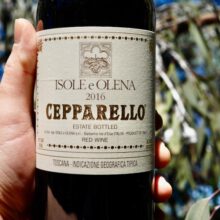
Product information
Isole e Olena ‘Cepparello’ 2016
Sangiovese from Barberino Val d'Elsa, Chianti Classico, Tuscany, Italy
$179
Description
‘Cepparello’ is named after the valley where the vineyard is planted. The last bottle I had of this was a 2006 a month ago, thanks Chris. It was superb, great harmony poise and balance. A real generosity to the wine. Beautiful secondary characters. Looking forward to trying the 2016. Isole e Olena is such a consistent producer. They’ve been on a roll for the last decade and beyond producing stunning wines.
Bottled under screwcap.
Out of stock







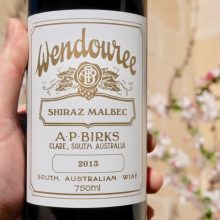
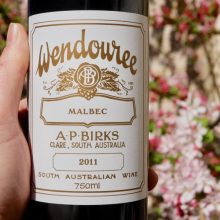
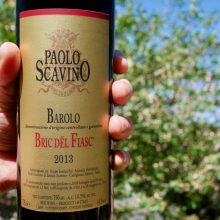
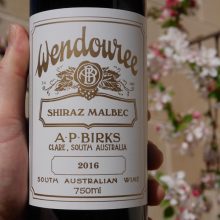
You must be logged in to post a comment.